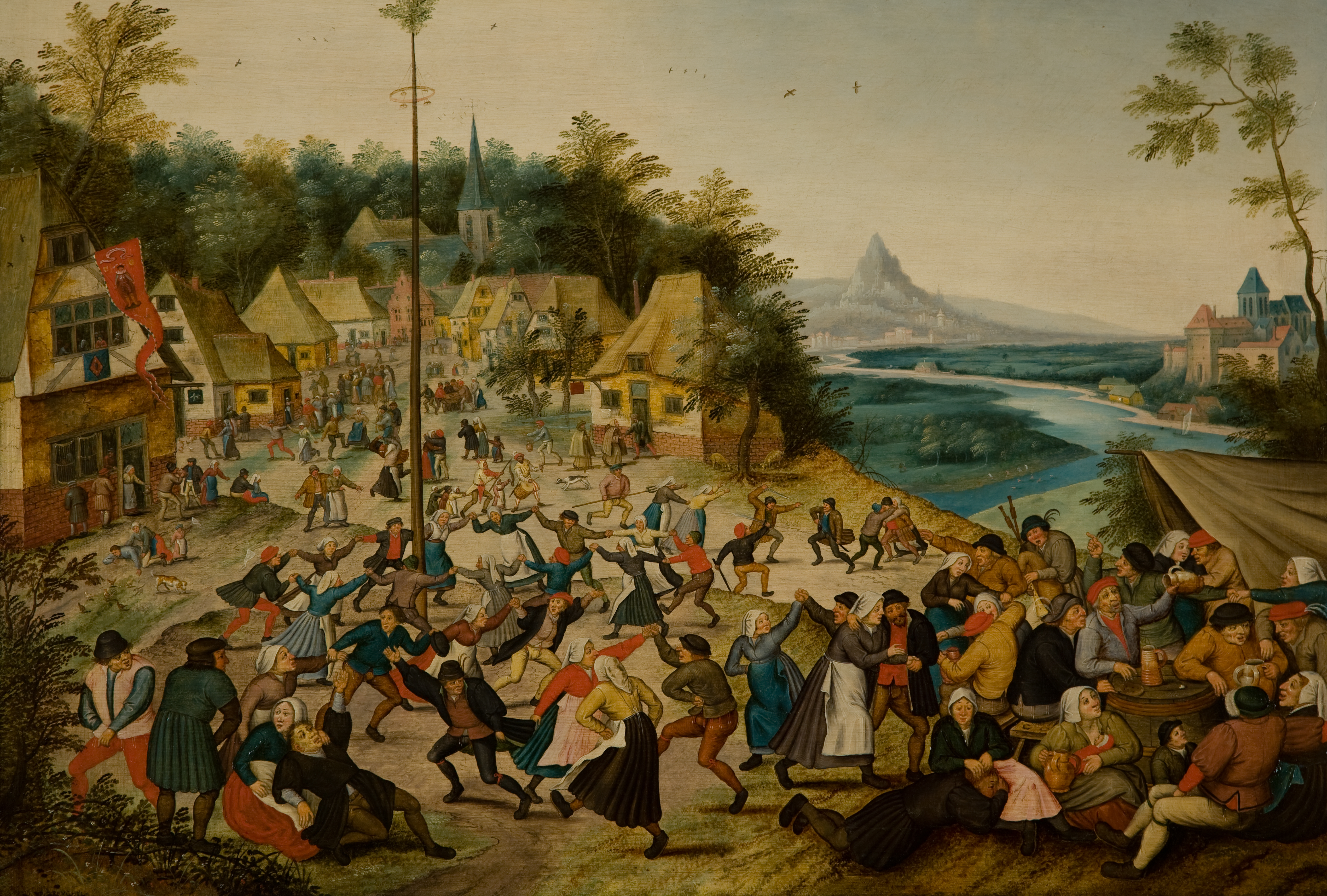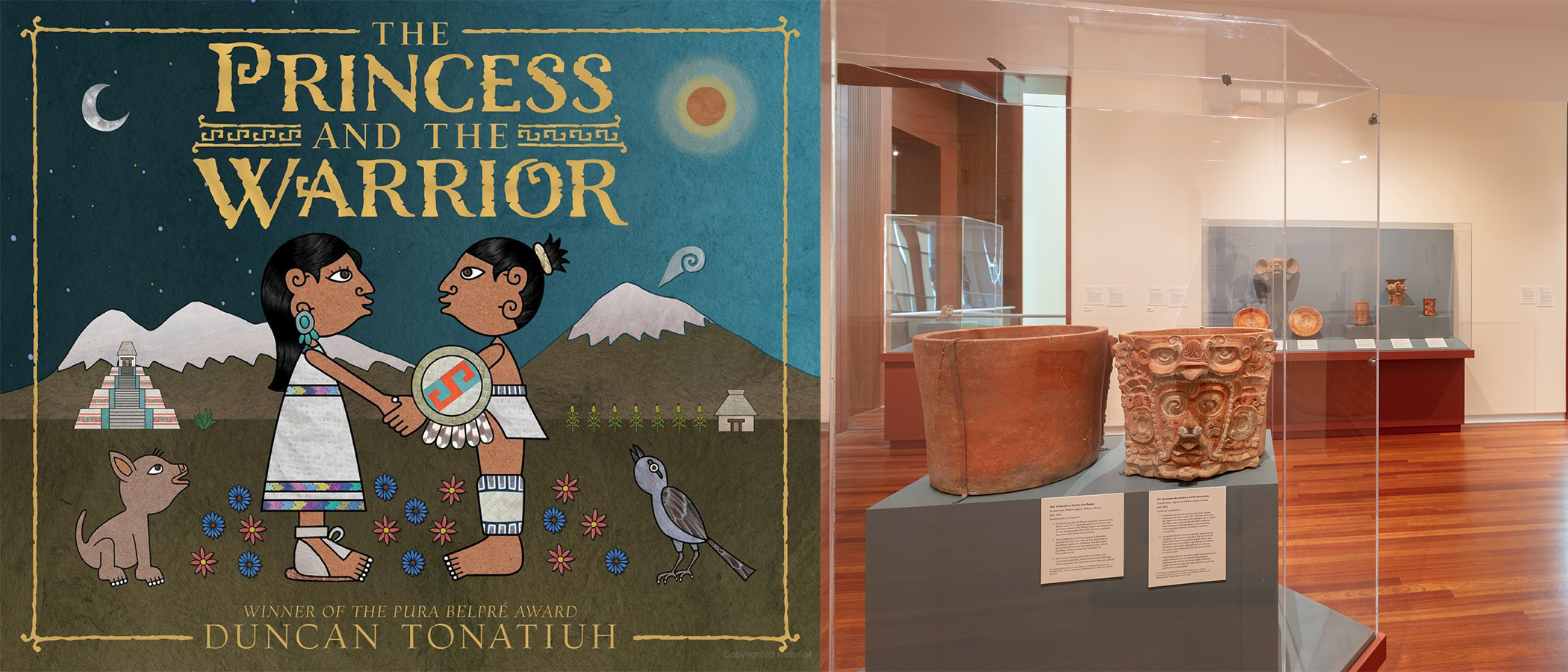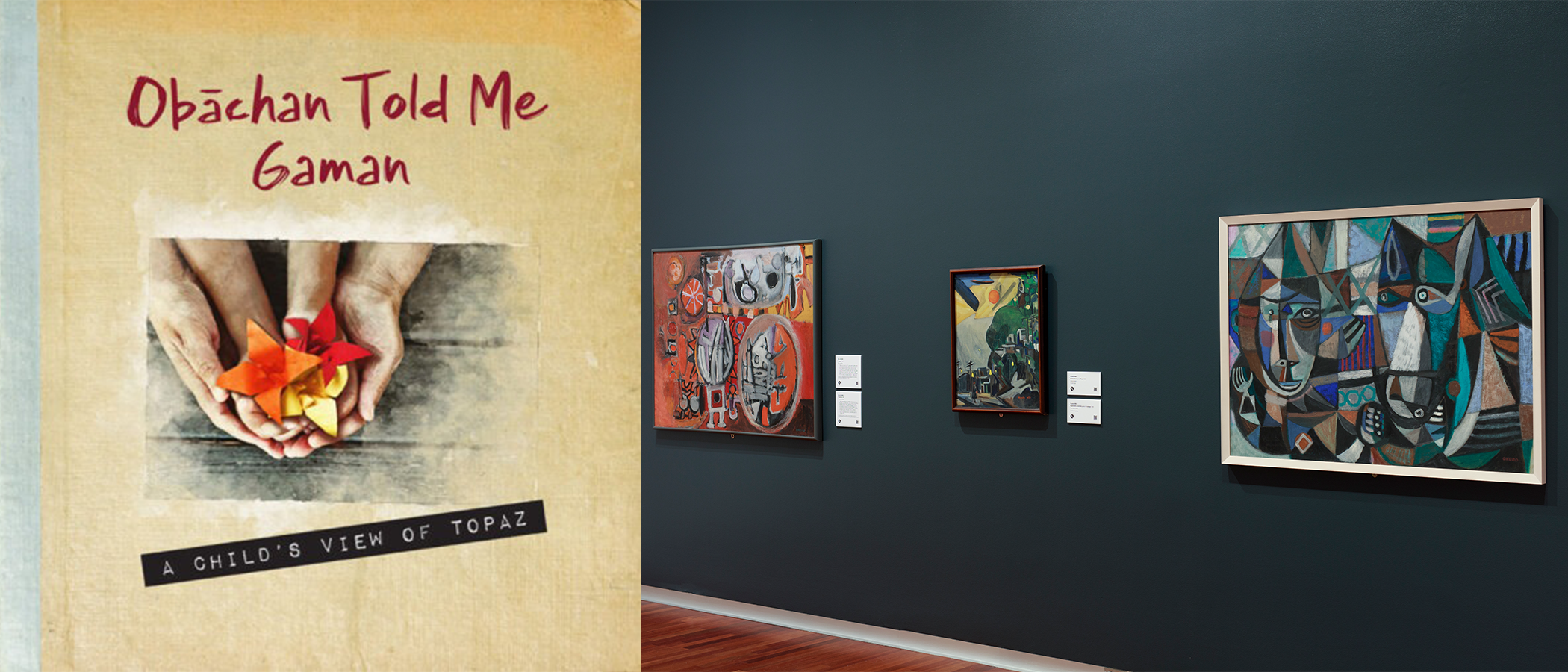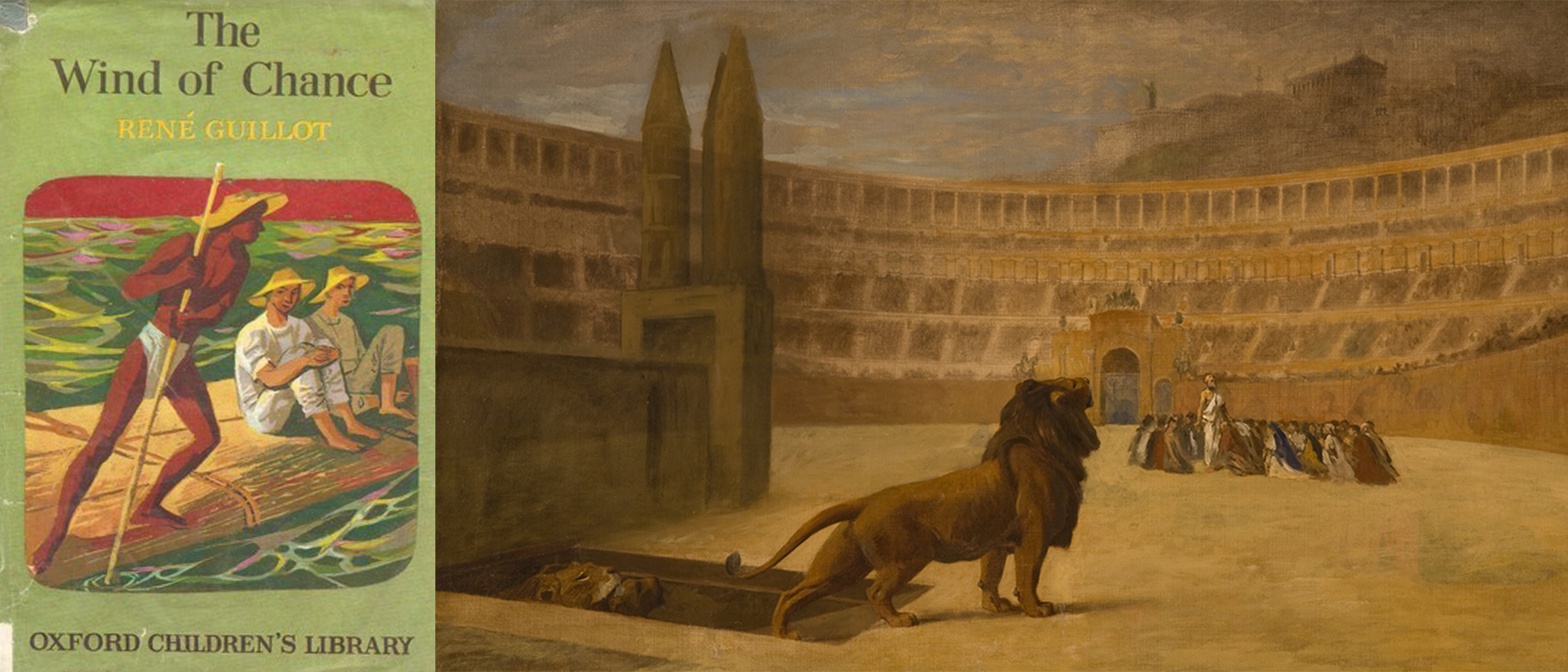
Veronica Montes, UMFA Art Ambassador
As a child, I enjoyed walking through the galleries at the UMFA. I imagined trips to Egypt when looking at the Eye of Horus ring and wondered what it would be like to be as tall as the Ethnic Man statue. During my teenage years it delighted me seeing art pieces, like Dance Around the Maypole by Pieter Brueghel, that were mentioned in art history lessons. I enjoyed being transported to a different time and learning about the lives of other people through art. It was wonderful to see more perspectives about the stories I had read at home and school. To share that feeling with you, here are some children’s books that connect to art on view at the UMFA.

The Princess and the Warrior, a picture book by Duncan Tonatiuh, depicts a Mexican legend about a love story between two volcanoes located near present-day Mexico City. Tonatiuh shows the evolution of oral storytelling by adding his own variations to his telling of the cherished story. Tonatiuh uses symbolism to express the everlasting love between a warrior and a princess. The clean, swirling lines frequently found in Tonatiuh's illustrations remind me of the swirls found in the necklace within the Double Bat Effigies at the UMFA. While Tonatiuh's illustrations are inspired by Aztec art and the necklace is from the Coclé in Panama, both evoke curiosity of ancient civilizations and their impact in present society. The Princess and the Warrior provides an additional aspect to the Mesoamerican gallery at the UMFA by demonstrating the importance of valuing the past to nurture the present.

The current temporary exhibition, Pictures of Belonging, showcases collections of art by Miki Hayakawa, Hisako Hibi, and Miné Okubo. The exhibit shows the artists’ experiences while honing their artistic voices, undergoing incarceration at the Topaz, Utah internment camp, and going through certain life moments like losing a spouse. Obāchan Told Me Gaman: A Child’s View of Topaz by Samantha Matsukawa and Aaron Asano Swenson provides a child's viewpoint of incarceration in Topaz. The book uses powerful imagery to highlight gaman–the value of having patience and dignity through an unbearable situation. Pictures of Belonging at the UMFA and Obāchan Told Me Gaman: A Child’s View of Topaz both exemplify the graceful strength of the human spirit.

The children’s book The Wind of Chance by René Guillot is about a young boy who, craving adventure away from his French homeland, chooses to stow away on a ship to Morocco. When he encounters another boy who strangely looks just like him, they flip a coin to decide who stays on the ship. Little do they know the weight of the flipped coin. The story appears to occur during the 19th century. However, The Wind of Chance is relatable to the modern-day reader through the themes of adventure, friendship, and courage. This is a nice complement and contrast to the 19th century French paintings at the UMFA, like La Dernière prière des martyrs chrétiens (The Christian Martyrs' Last Prayer) by Jean Leon Gérôme that reflect themes like courage of facing the unknown.

I hope your wanderings through the UMFA encourage an adventure to connect the stories found amongst children’s books and the art on view. Whether gazing at the height of the Ethnic Man or recalling favorite stories in certain exhibitions, the variety of perspectives at the UMFA make it a great space to explore. Do you have a work of art that reminds you of a favorite children’s book? Share it in the comments below!
Further Reading:
The Princess and The Warrior:
Also available at the J. Willard Marriott Library at the University of Utah.
OBĀCHAN TOLD ME GAMAN: A CHILD’S VIEW OF TOPAZ:
Follow the above link to access the video book with ASL interpretation, audio description, and open captions, or buy the book in the UMFA's Museum Store.
The Wind of Chance:
Also available at the J. Willard Marriott Library at the University of Utah.
